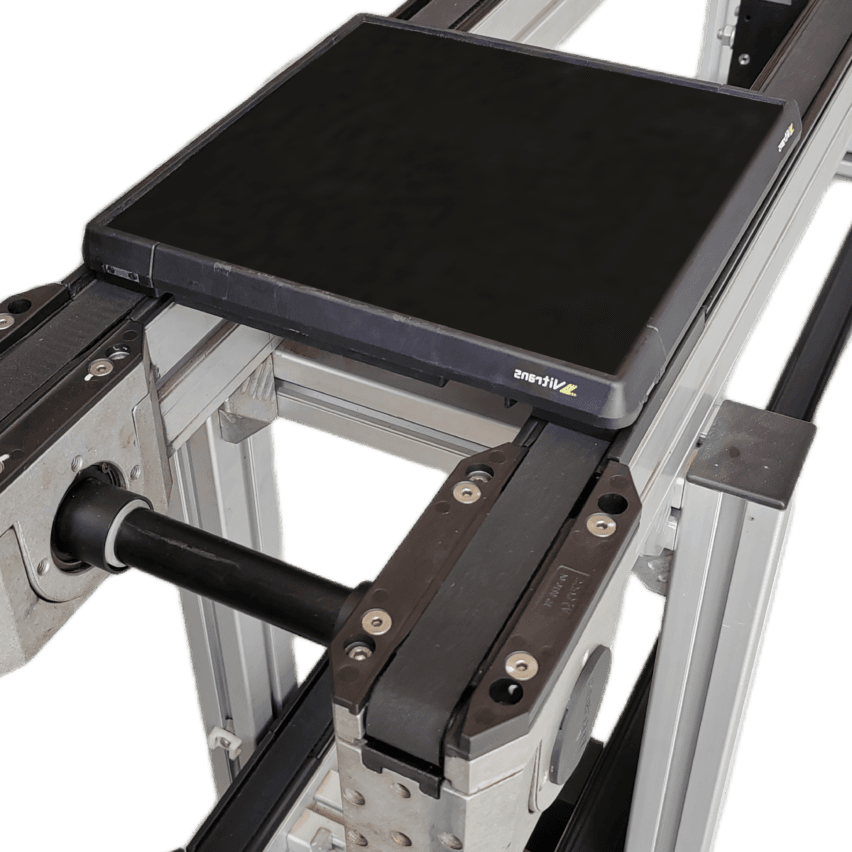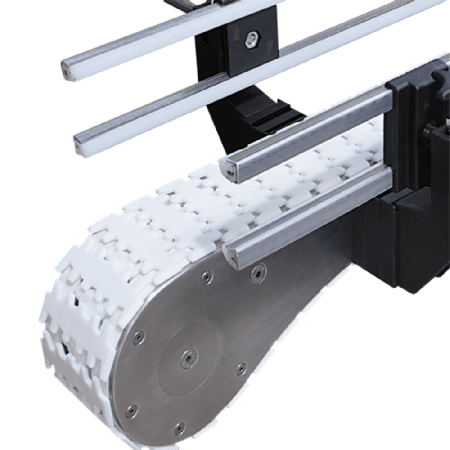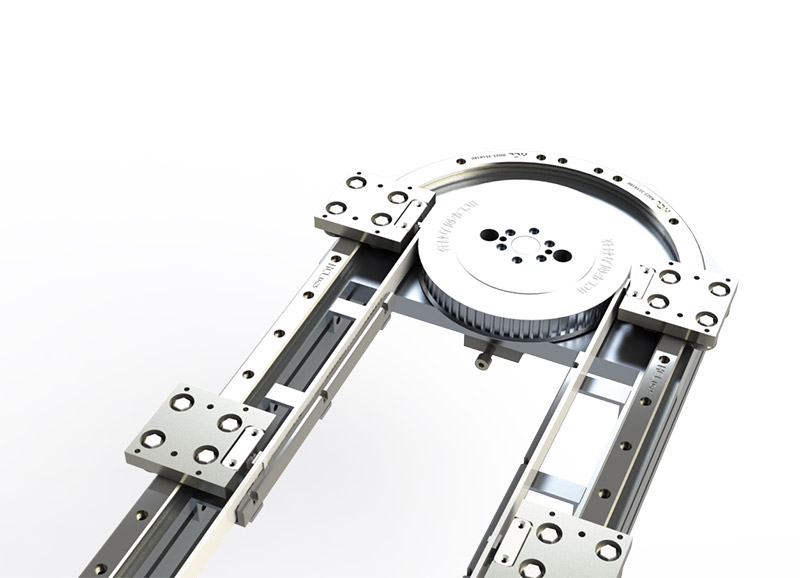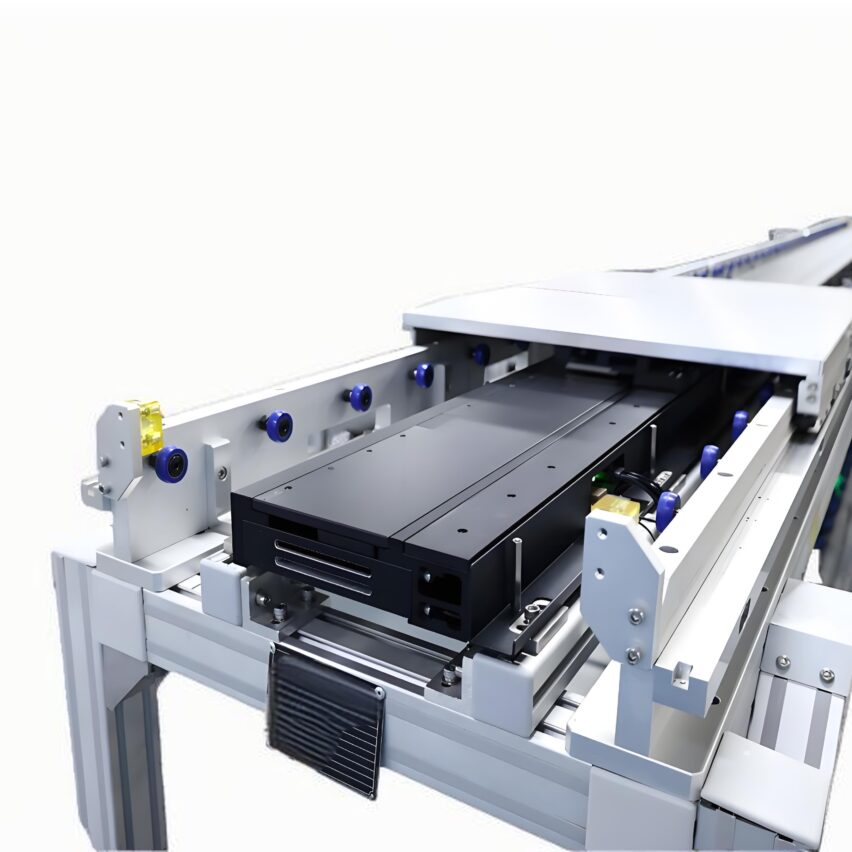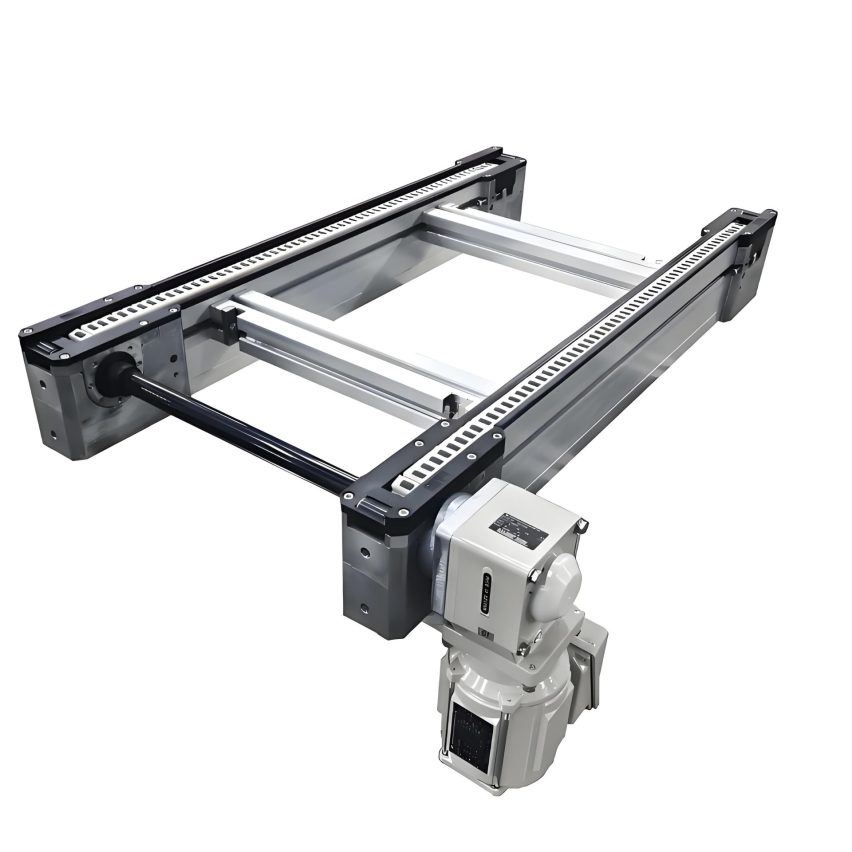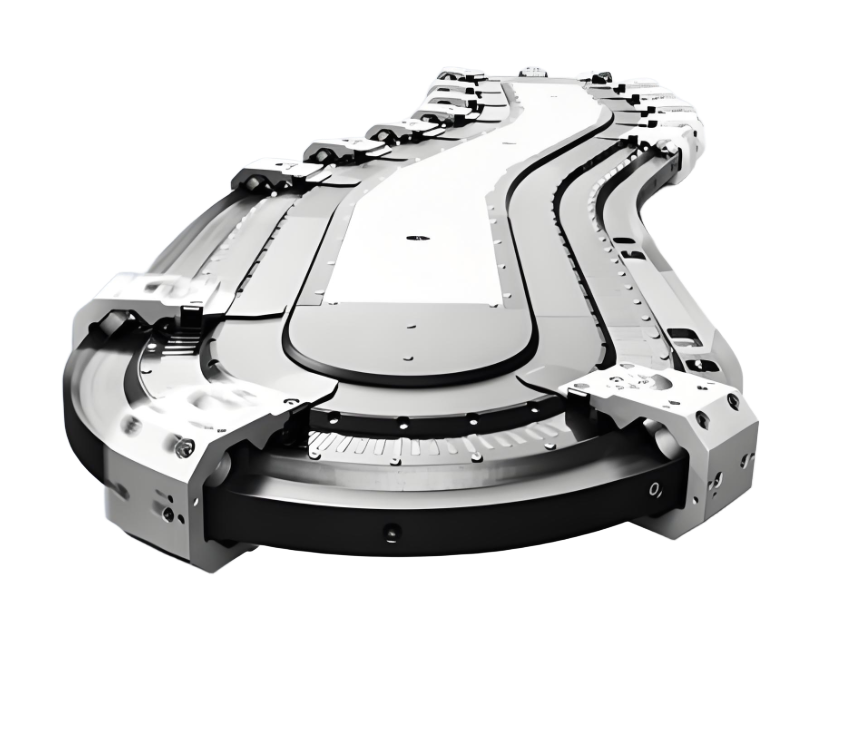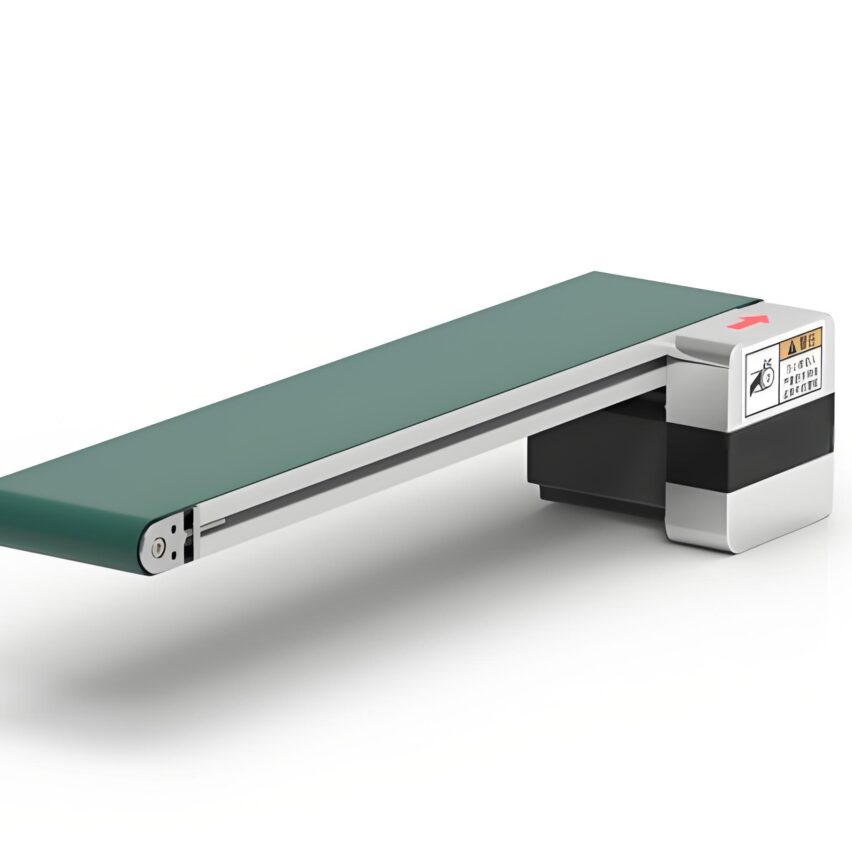Is your conveyor stuck in EU customs? It's because the technical documentation is missing pages or the test has stepped into a minefield! This guide uses real cases to dismantleFatal details of technical documentationrespond in singingHardcore requirements for EN standardsIf you can avoid these pitfalls, the CE certificate will be in your hands.
I. List of technical documents: any missing piece of paper may be returned
Basic questions: CE certification in the end to pay what "household books"?
It's not like the European Union where you can just fill out a paperwork -Direct dismissal without one. According to the Machinery Directive (MD 2006/42/EC), 7 types of documents are mandatory for conveyor equipment:
- Product ID: Application form in English and Chinese (model number, manufacturer's address must be EU verifiable)
- Technical Resume: parts list (even screw types must be labelled) + detailed parameter list (load, speed, power, etc.)
- Full-length photographs and anatomical drawings: Overall high-resolution photos + mechanical structure drawing/circuit schematic (CAD original file preferred)
- safety instructions: English version of the operating manual (emphasis on labelling of protective measures, emergency stop operations, maintenance warnings)
- Risk assessment reports: Analysis of the risks of crushing, cutting, electrocution, etc., according to EN ISO 12100, and response options
- Test Report Card: LVD (electrical safety) and EMC (electromagnetic compatibility) test reports issued by third-party laboratories
- Declaration of Conformity: EU Declaration of Conformity (DOC) signed and stamped by the manufacturer.
Scenario question: how do I write the instructions so I don't get knocked back by the EU?
A customer wrote "Wear normal gloves when handling" in the instruction manual and it was returned -EU mandates cut-resistant gloves! The correct way to write it is:
- Safety warning symbol (⚠️) + red bold font for hazardous operations
- Emergency stop button position illustration + response time (≤ 1 second)
- The shield removal procedure must be carried out withSchematic diagram of locking device(Prevents accidental opening)
Solution: How can I urgently remedy the situation if I've been returned?
If it isRisk assessment omissions(e.g. ignoring noise hazards):
- Immediately measure the sound power value (≤80dB according to EN 620) and update the report.
- Adding Hearing Protection Tips to the Instruction Manual
- Submission of amended declaration to the notified body
II. Testing requirements: don't let the lab become a "money crusher"
Basic issues: conveyor equipment to pass what "life and death"?
The core tests are divided into four main categories, theEN 620 standardIt is the "exclusive examiner" of the conveyor:
| Test Type | compulsory | fatal red line |
|---|---|---|
| Mechanical safety | Structural strength (1.5 times load), emergency stop response (≤1 second) | Shield gap >8mm direct failure |
| Electrical safety (LVD) | Insulation resistance (≥2MΩ), grounding continuity | Scrapped on breakdown in pressure test |
| Electromagnetic Compatibility (EMC) | Radiated Harassment (EN 55011), Static Immunity | Wireless interference exceeds the standard need to install shielding |
| Fire prevention and the environment | Flame retardant test (UL94 V-2 grade), -25°C low temperature start-up | Fume toxicity exceeds limits and requires material replacement |
Scenario question: what is the probability of passing the test once?
Laboratory data.First-time pass rate less than 30%! Common rollover points:
- Protection of rotating parts: Roller clearance >8mm (EU requirement finger inaccessible)
- Emergency stop button delay: 1.2 seconds measured (over 0.2 seconds is ruled invalid)
- Ground resistance exceeded: >0.1Ω (need to recheck soldering points or thicken wires)
Solution: What if you don't want to retest and burn money?
Some manufacturers to save 5,000 yuan did not do the pre-test, the results of the EMC test failure, dismantle the machine to add shielding layer to spend an additional 30,000 yuan! Suggestion:
- Get pre-tested by the right lab: Organisations specialising in EN 620 can locate hidden problems (e.g. an organisation in Shanghai checks roller lines down to the bolt torque).
- Adequate budget for rectification:: Allow for a total cost of 20% for unexpected issues (e.g., emergency replacement of fireproofing materials that are not up to standard).
- Retaining Backup Prototypes: Equipment may be disassembled and damaged during testing, affecting subsequent shipments
Third, get a certificate ≠ safety: the EU regulatory special investigation of these three knives
Basic question: Is everything all right when the CE mark is affixed?
Too naive! EU Market Regulation151 TP3T sampled annuallyLicensed products, with a focus on the focus on the focus on the focus on the focus:
- Consistency between real and prototype: Change of supplier not reported (e.g., change of belt material from rubber to PVC)
- CE Marking Size Violation: Height <5 mm (minimum 5 mm required, otherwise a penalty of Euro2,000 per unit)
- Technical paper not updated: Failure to supplement risk assessments after product upgrades (e.g., addition of automated sorting modules)
Scenario question: how do you respond to being sampled for inspection?
receivedEU Letter of EnquiryMust respond within 72 hours, operating instructions:
- Immediately retrieve the electronic files of the technical papers (TCFs) and mark the page numbers where the changes were made
- Provide test reports of changed parts (e.g. new motor needs to be supplemented with EMC test)
- Contact the notified body to issue a supplementary declaration of conformity
Solution: How to avoid certificate revocation?
build upQuarterly self-inspection checklist::
✅ Production line verification: whether key components correspond to certified models
✅ Label stock check: whether CE marking stock is ≥5mm height
✅ Documentation update log: Record the revision number of the technical documentation for each design change
Finally, a big truth: CE marking plays with theDetailed life and death situation.
Ninety per cent of those conveyors stuck in customs are planted in theOmission of pages from the technical papermaybeTests cut corners.
Remember: the EU doesn't look at "almost", it only recognisesTest data in black and whiterespond in singingWatertight risk reporting.
Whether or not your equipment will run in Europe depends on whether or not this list is keyed to the screws.


